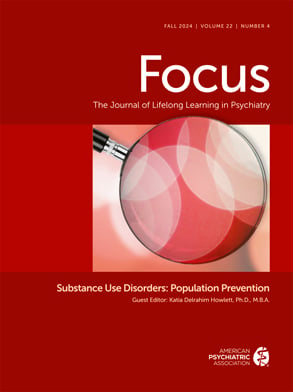Anxiety disorders are the most prevalent psychiatric disorders in the United States and the world. They are not as visible as schizophrenia and not as immediately destructive as bipolar disorder or alcohol and drug abuse. However, they produce chronic mental suffering for their victims and, over the years, cause significant disability, morbidity, and mortality. The cost of these illnesses to society lies less in the direct treatment costs than in lost productivity, disability, and greater utilization of medical care. Despite the relatively low visibility of anxiety disorders, it has been estimated that they are as expensive to society as cardiovascular and respiratory illnesses together.
In recent decades, major advances have been made in the psychological and pharmacological treatment of anxiety disorders, and research has shown that these conditions are highly treatable. Although these treatments work in the “laboratory” of research institutions, we do not know how well they perform in the primary care settings in which most of treatment of anxiety takes place. Too often, primary care practitioners do not recognize these disorders and as a result administer inappropriate treatment. Likewise, consumer education about anxiety disorders is lagging. In the current culture, anxiety is frequently perceived as a weakness and as a condition that one should be able to control oneself. This perception prevents many people with anxiety from seeking appropriate care. No doubt because of the same perception, government and insurance support for patients suffering from anxiety are limited. For these reasons, the psychiatric profession needs to take the lead in educating our general-practice colleagues and society about the distinction between anxiety disorders and simple, everyday anxiety.
This issue of Focus contains recent papers that have advanced our knowledge about the recognition, diagnosis, and treatment of anxiety disorders. The selection of papers represents the outcome of an exceedingly difficult task, namely, to choose among a great many excellent papers on the topic. In the process I enlisted the aid of several prominent clinicians and researchers. Our aim was not to choose the “best” papers in the field—that list might well have included hundreds of articles—but rather to select papers that would complement one another and collectively provide a good overview of what the clinician needs to know about these disorders. Psychiatrists who read this issue will come away well equipped with the current information on treating anxiety disorders.

